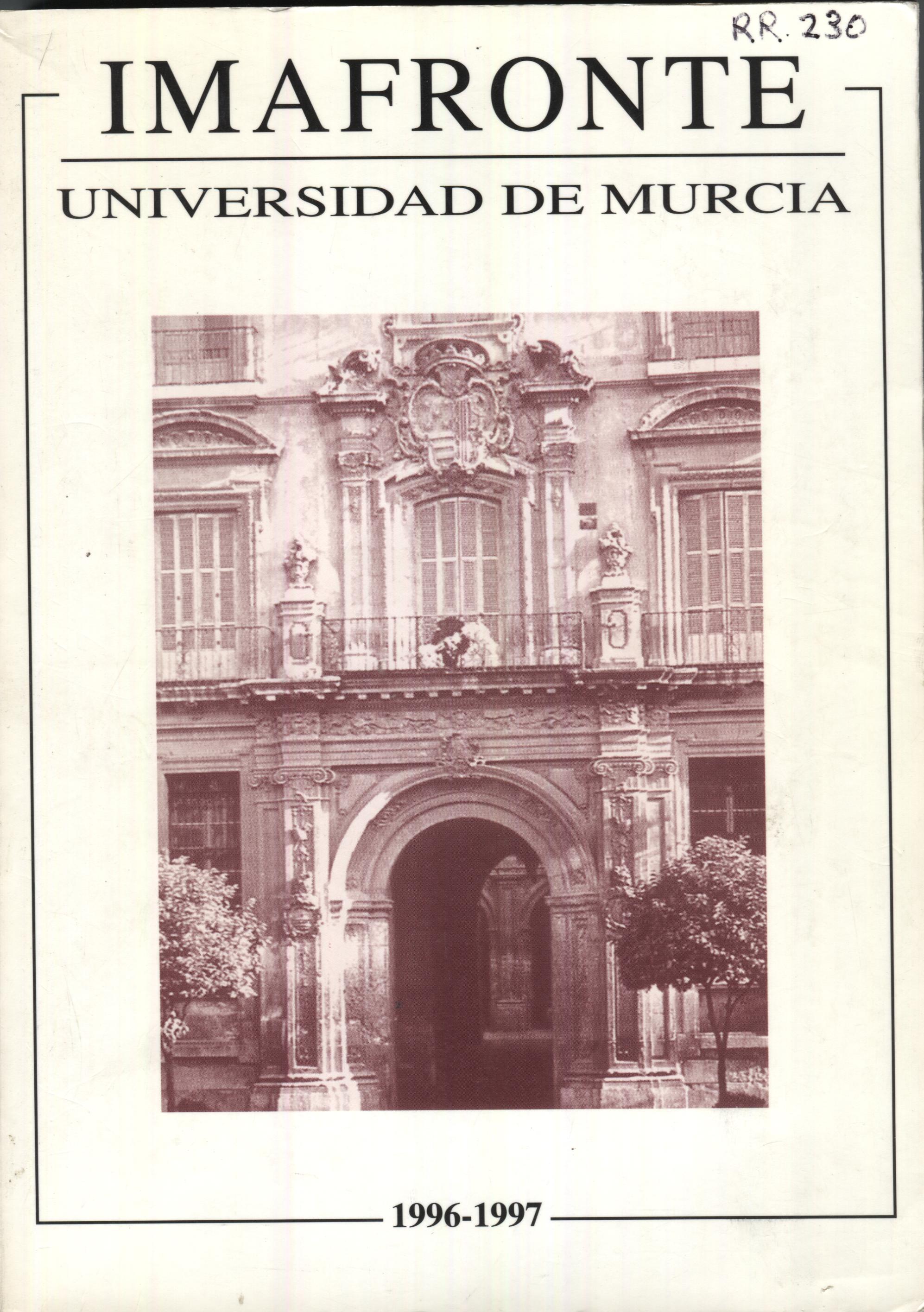LOS GOZOS DE SAN RAMÓN NONATO Y EL RETABLO PINTADO DE LA ERMITA DE LA CONCEPCIÓN DE CEHEGÍN (MURCIA)
Resumen
There are examples of decorative painting in Murcia in the religious,field as well as in the civil andproofofthis are the mural paintings that we find in the villages of Cehegin and Caravaca towards the end of fhe 18th century.This was a practice that had been habitual since the 16th century in the region and an example of this is the altarpiece of the hermitage of Saint Sebastian de Caravaca in the moment of maximum splendour when the ilalian painter Pablo Sistori arrived in Murcia in the second half of fhe 18th century. In this line we can include the mural paintings of the altarpiece, copied,from the chapel of San Juan de Letran, in the hermitage of the Concepcion de Cehegin, at the end of the 18th century, dedicated to Saint Roman Nonato in which the life and pleasures of the saint are represented in the iconographical programme. Similarly where are some mural paintings thaf we find in fhe so-called Palace of the Fajardo in the same locality, with heraldic emblems and a small altar above which there is a canvas of the Virgin.Descargas
-
Resumen479
-
PDF365
Las obras que se publican en esta revista están sujetas a los siguientes términos:
1. Los autores ceden de forma no exclusiva a la revista los derechos de explotación (reproducción, distribución, comunicación y transformación).
2. Las obras que se publican en esta revista están sujetas a la licencia Attribution-ShareAlike 4.0 International (CC By SA 4.0). Por lo que se pueden copiar, usar, difundir, transmitir y exponer públicamente, siempre que:
i) se cite la autoría y la fuente original de su publicación (revista, editorial y URL de la obra), permitiendo así su reconocimiento.
ii) se permite remezclar, transfromar o crear a partir del material mientras se mantenga la misma licencia del original.
3. Condiciones de auto-archivo. Se permite y se anima a los autores a difundir electrónicamente las versiones pre-print (versión antes de ser evaluada) y/o post-print (versión evaluada y aceptada para su publicación) de sus obras antes de su publicación, ya que favorece su circulación y difusión más temprana y con ello un posible aumento en su citación y alcance entre la comunidad académica. Color RoMEO: verde.
























